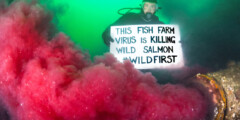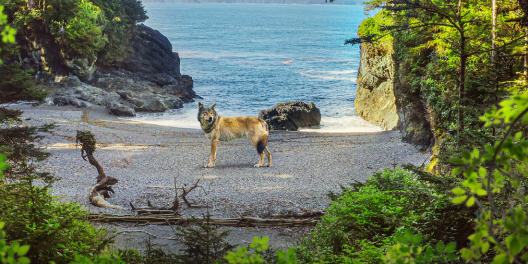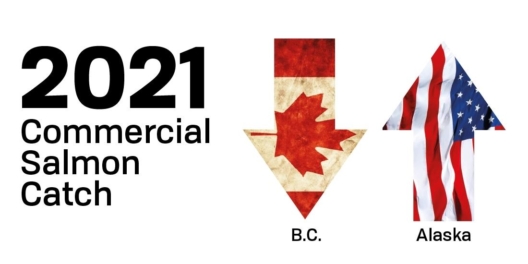Salmon start their lives in the cool freshwater of headwater streams. But as they grow, they leave the safety of those streams to spend much of their lives in the open ocean. When they return to their birth stream to spawn, it marks the end of their lives and one of planet Earth’s great wildlife migrations.
How they do it is a bit of a mystery. Or at least, part of this journey is shrouded in mystery.
Scientists believe salmon use a built-in map and compass to find their way back to the same shoreline where they began the ocean phase of their lifecycle.
After studying salmon, they think the fish gather information from different parts of their environment. These cues include things like hours of sunlight in a day, where the sun is, water salinity and temperature, and the earth’s magnetic field to guide them back to the mouth of their home river.
But we can only guess how the fish read these cues during their wild, ocean lives.
We know much more about how they find their way upstream to where they were born—they use their sense of smell.
Experiments starting in the 1950s showed how fish get used to the unique odours of their home waters when they enter the smolt period, the time when they begin their journey to the sea.
These chemical cues are imprinted on their brains. It’s kind of like how a smell can transport you to a memory and it feels like you’re back in that moment again.
They use these deep smell memories to find the stream where they began life years earlier.
In one experiment, salmon reared in one stream were moved to a hatchery during the smolt stage. These salmon returned to the hatchery instead of their home stream. The experiment demonstrated the crucial role of smell memories during the smolt stage.
More recent research suggests young salmon go through several periods of developing these memories, including during hatching and while emerging from their freshwater gravel nests, known as redds.
Salmon don’t always get it right. If they can’t find their way back to where it all began, they find a similar stream and other salmon to spawn with.
But more often than not, they do get it right. And that’s one of nature’s great miracles.












